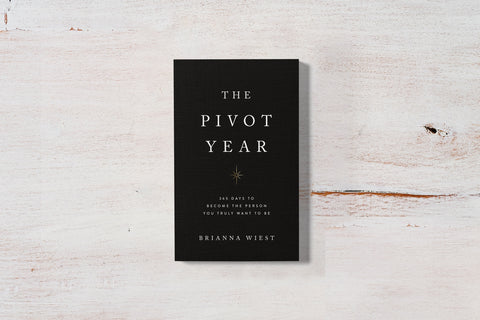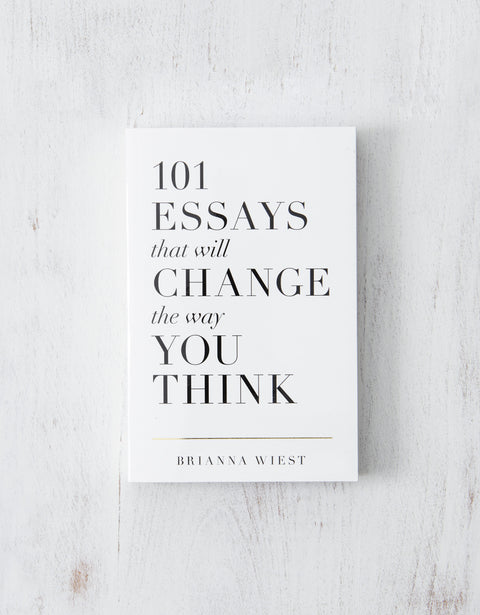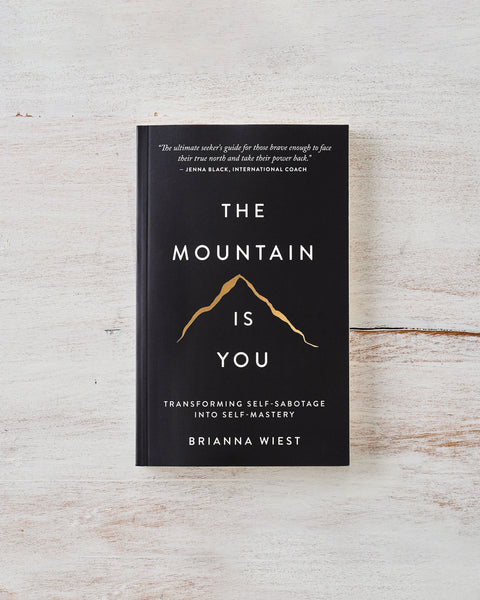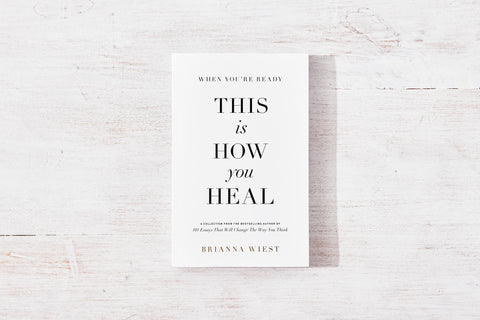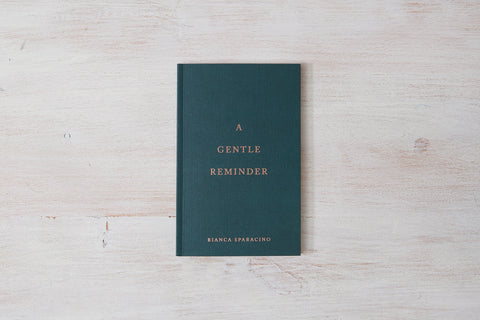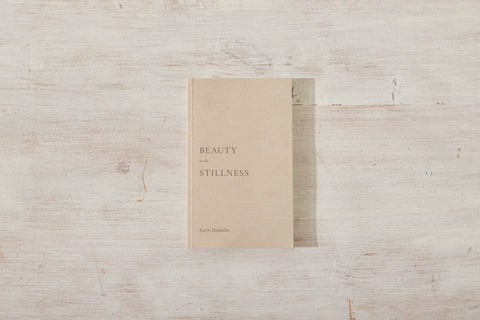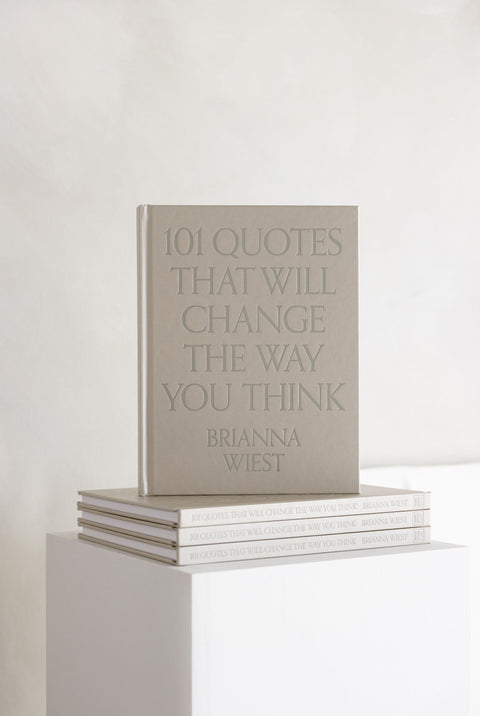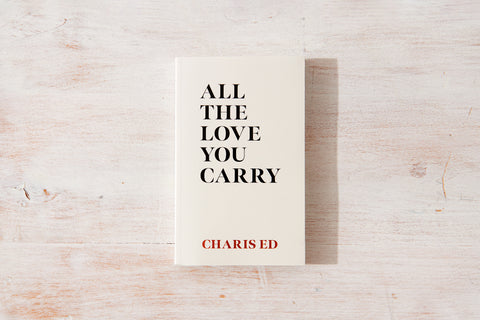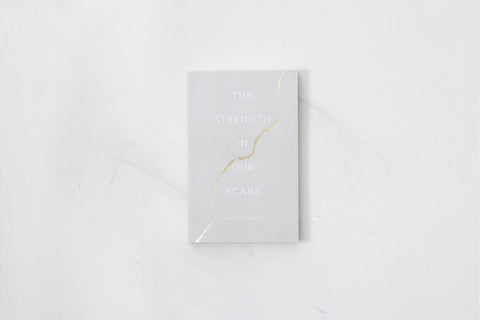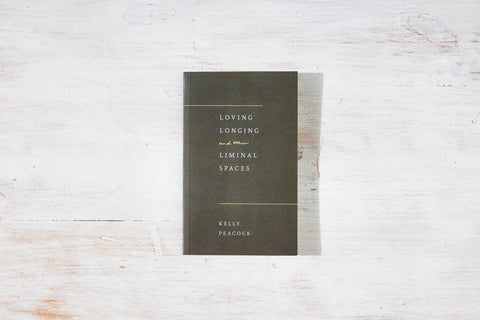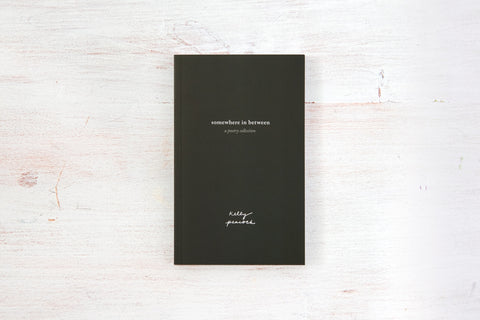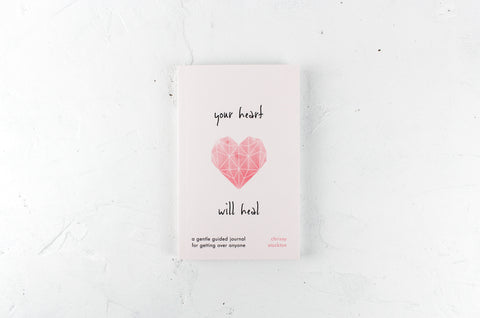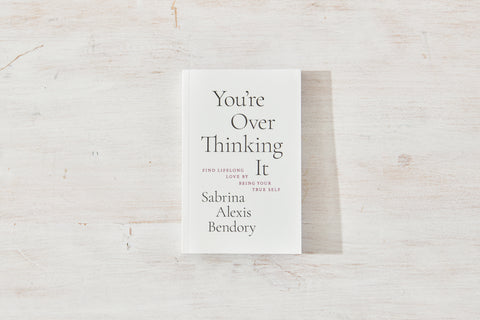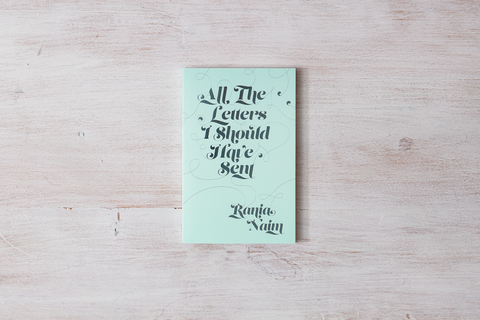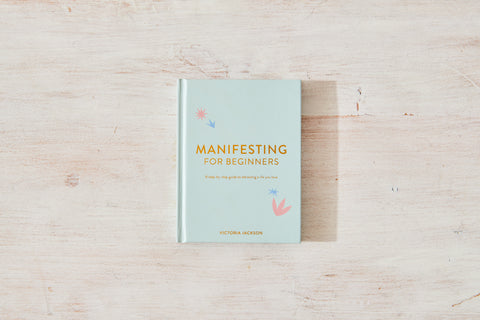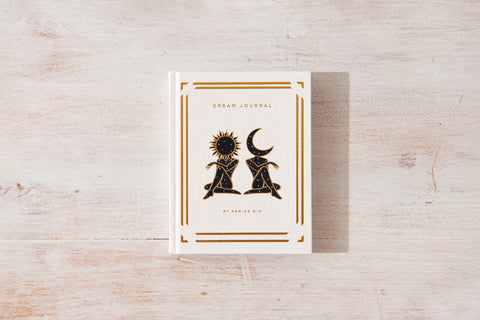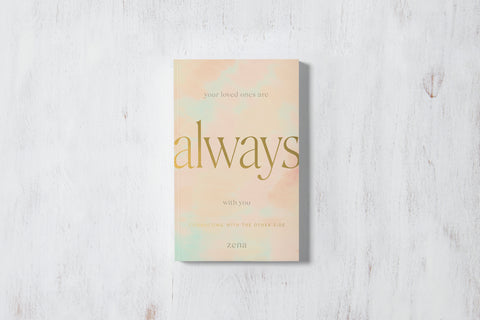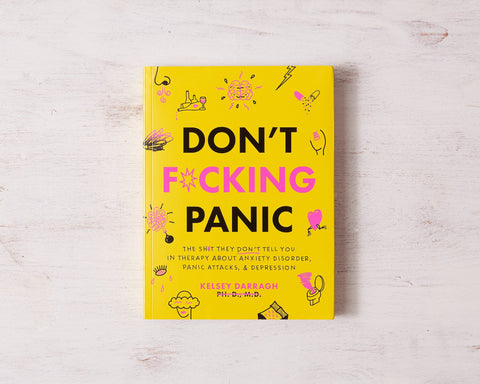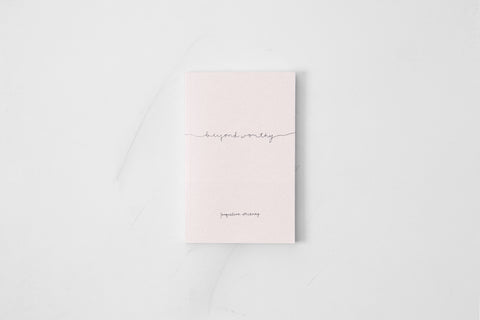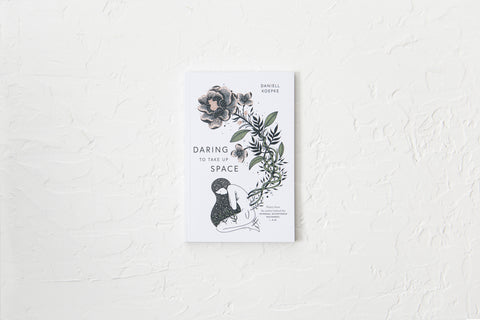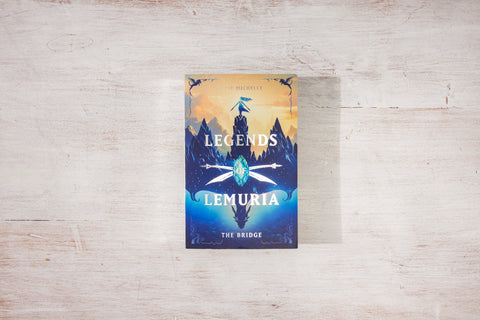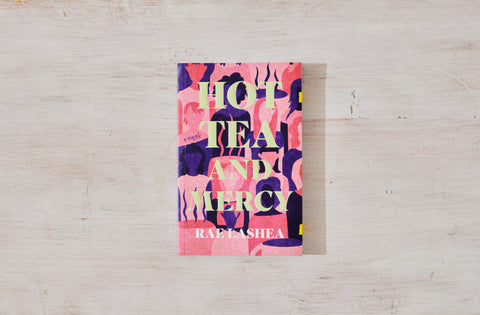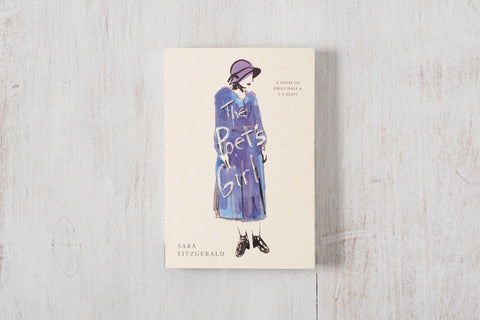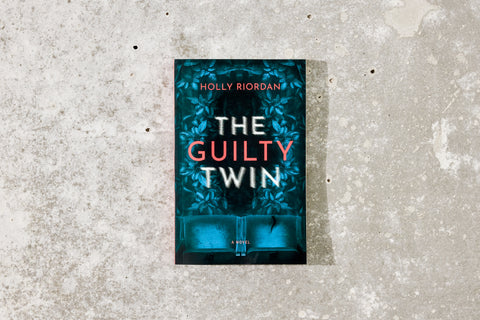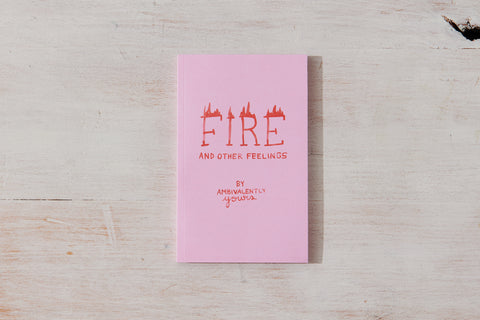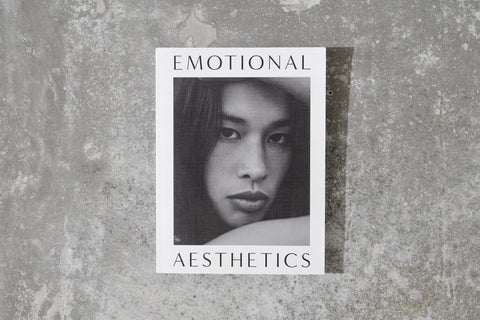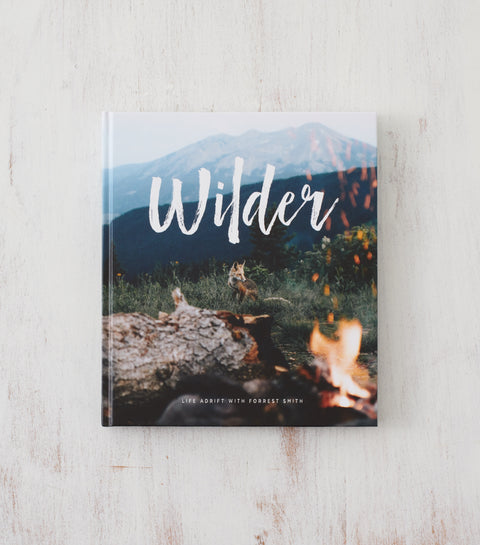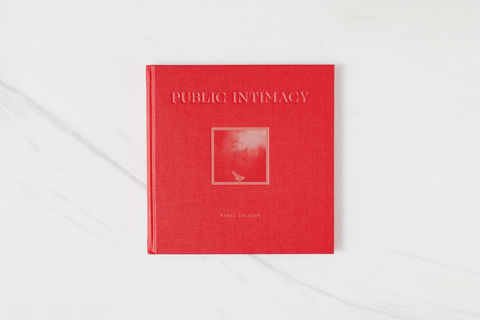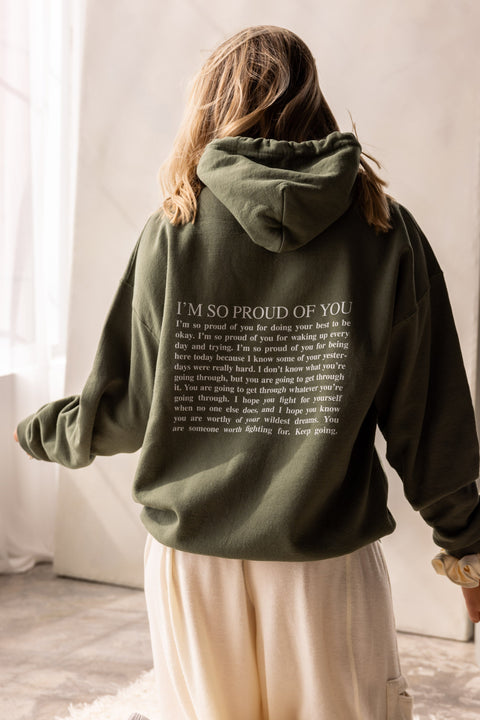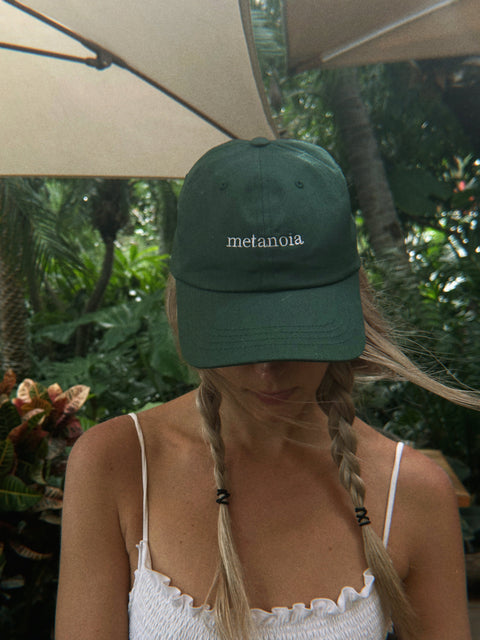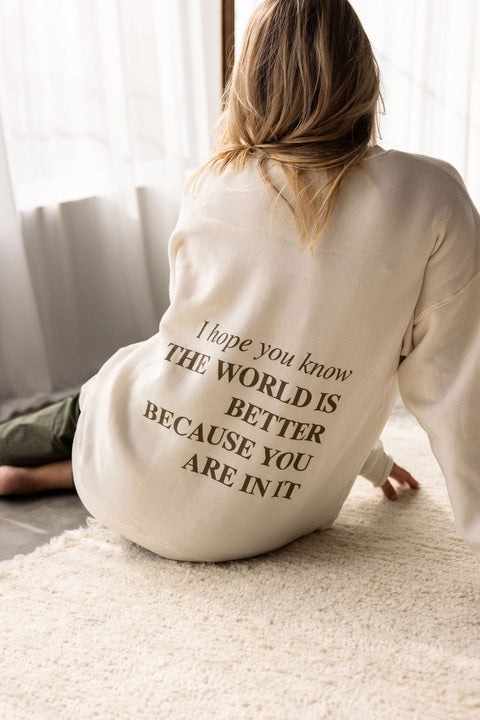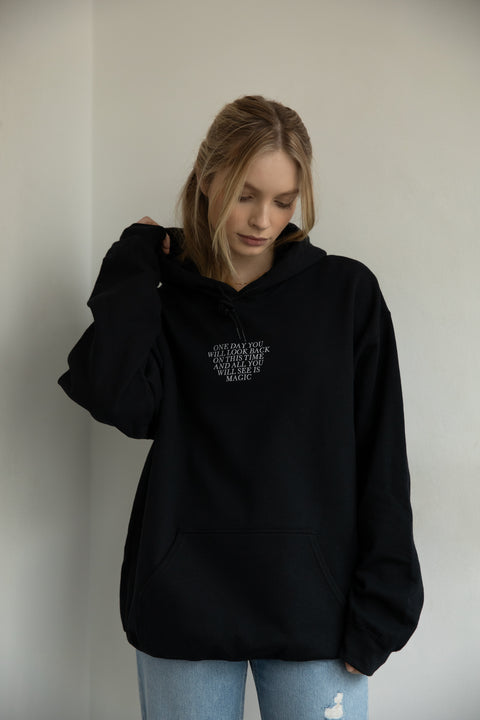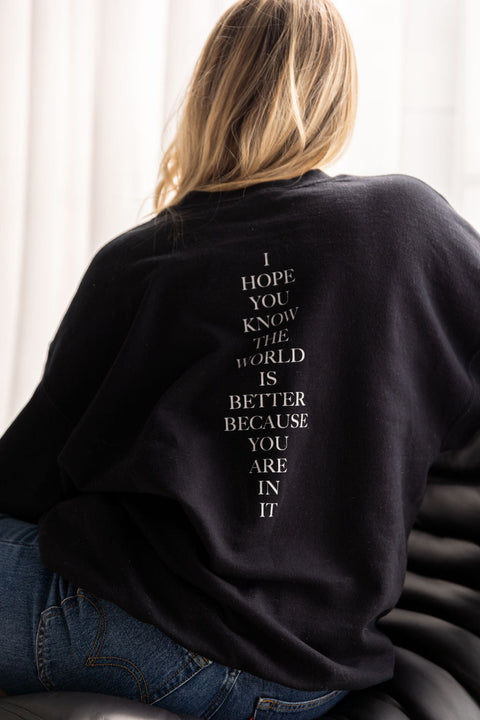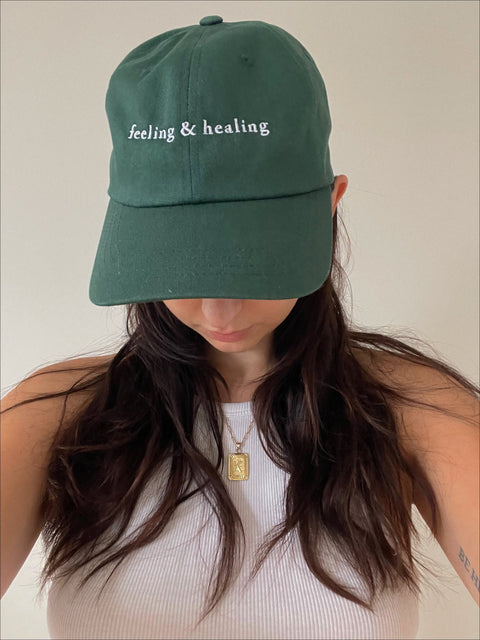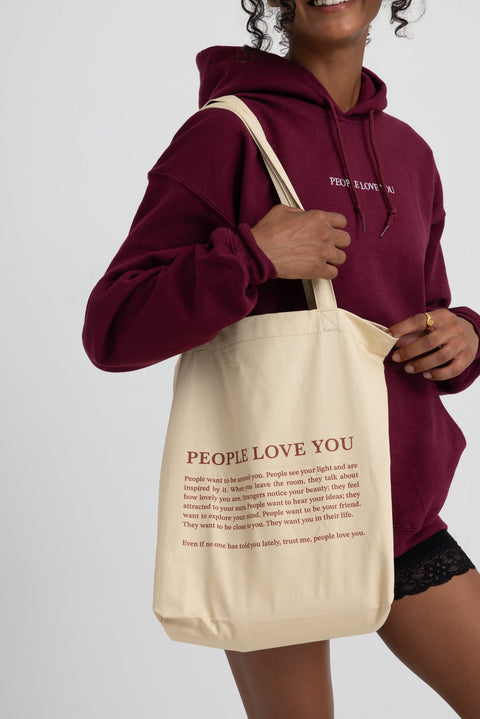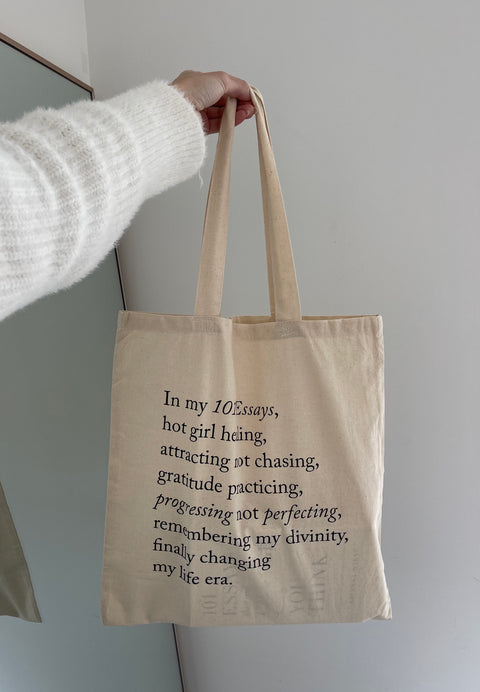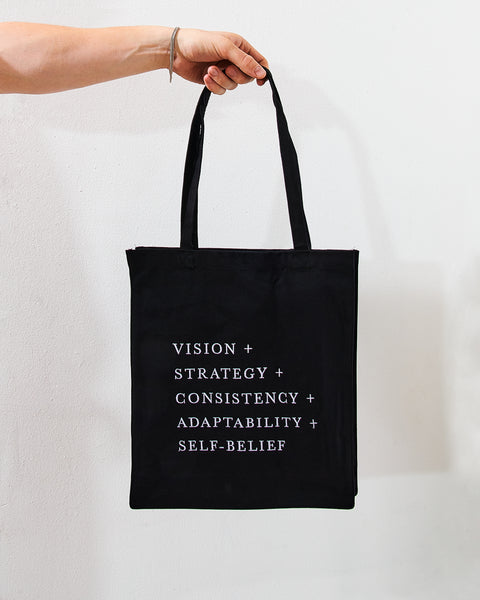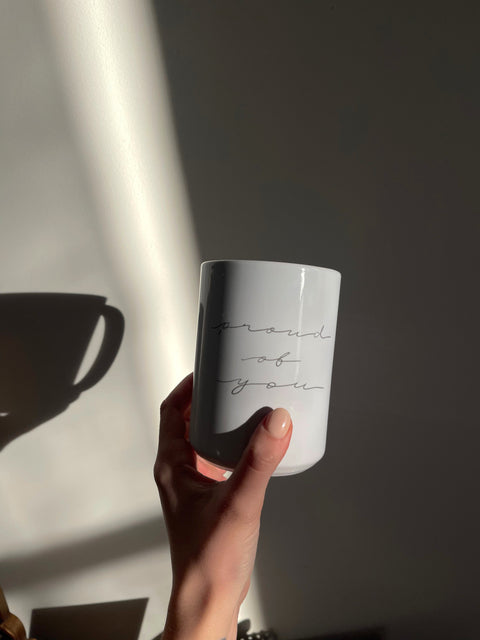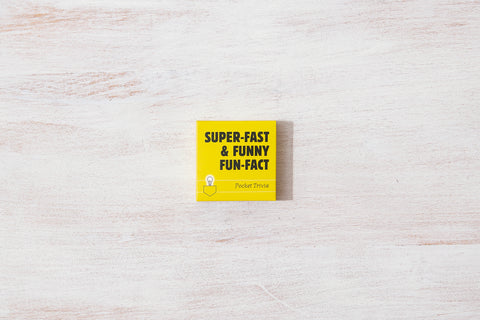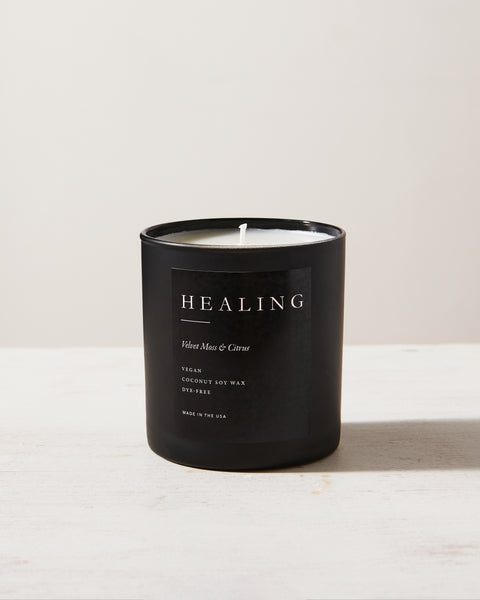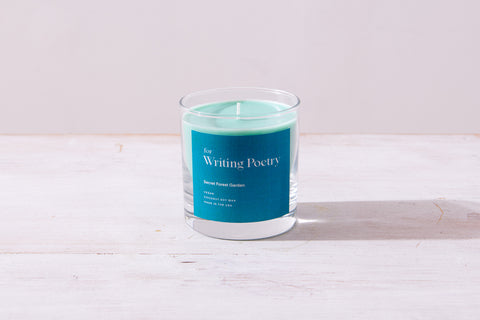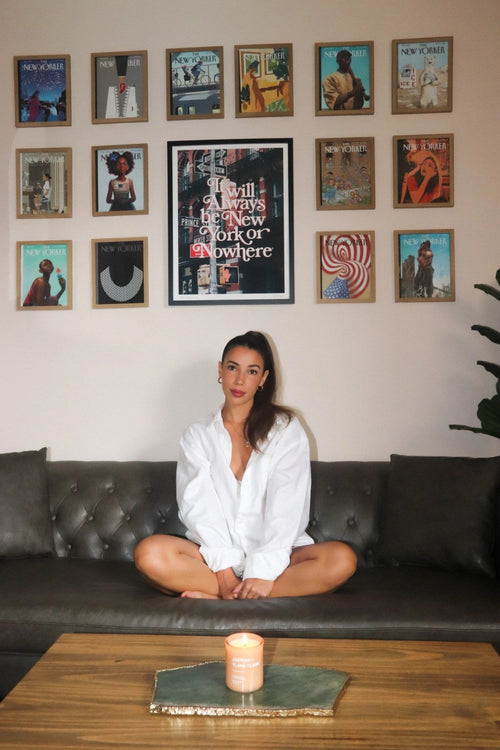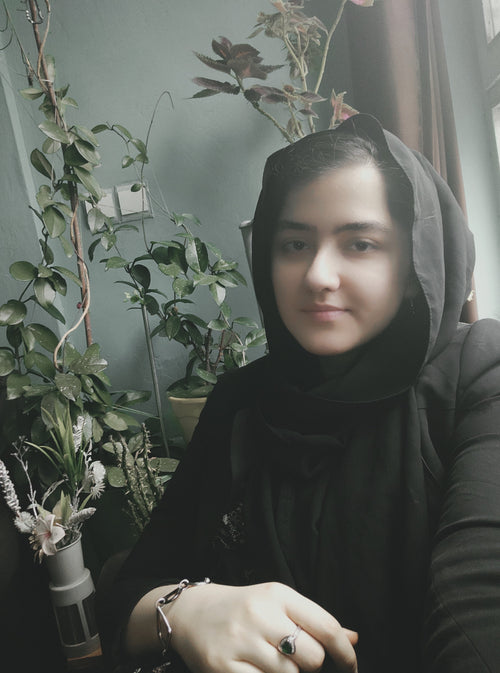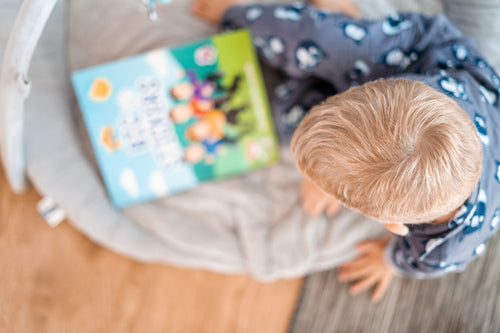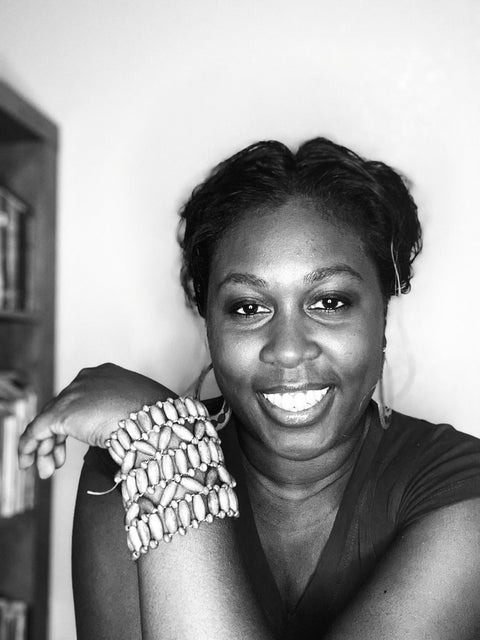

Katee: Hi, everybody! My name is Katee, I’ll be interviewing the lovely Rae Lashea today about her novel Hot Tea and Mercy. Hi, Rae!
Rae: Hi Katee, how are you?
Katee: I’m great! How are you tonight?
Rae: I’m wonderful, thank you!
Katee: Yeah, of course! I was just telling everybody, we’re gonna be talking about your beautiful book. I have it here– so lovely. And we’re gonna be diving into some different themes tonight and having a good time.
Rae: Yeah!
Katee: So I guess to kick things off, if you want to just say a little bit about yourself, your writing journey, and really what called you to bring Hot Tea and Mercy into this world.
Rae: So I’m Rae Lashea. I’m originally from Brooklyn, New York, but I consider myself a world citizen. I’ve traveled to over 30 countries and counting and I’ve always been a writer ever since elementary school. It’s just something that I was good at; liked to do. And I credit my public school teachers, who were really encouraging and saw that skill in me, and encouraged me to do it. Hot Tea and Mercy is a compilation of different people that I’ve met along the way in my travels, and some of their stories twisted and turned into this novel.
Katee: Yeah, that’s wonderful. I guess going off of that, let’s maybe dive into the process of pulling all these different stories together. There are totally a bunch of different character dynamics woven throughout the book. So, what inspired each of those stories? And what did it look like to really weave them all together, if they were so separated?
Rae: Yeah, so there’s three main families within the book. And then, of course, with any family, there’s other people around who, you know, might not be part of the family, but they’re definitely part of the family. And what I found in my travels, and I find when I meet and talk to people is that across the board, no matter if it’s gender, or race, religion– we have so many similarities and commonalities that we go through as humans. And so while the differences are readily apparent, the similarities aren’t always so blatant, but they’re there. And so within each of these three families, and the issues and the problems, the joys, the ups, the downs that they were going through, I found that they were quite similar. And I wanted to tie that into the book and intertwine their stories so that we could see whether they’re Indian, or African American, or Latino, they were the same in a lot of ways.
Katee: Yeah, that’s really beautiful, like finding commonalities in different communities and showing that through the book. That’s wonderful. So before we really dive into the logistics, I wanted to ask if you could give a description of Hot Tea and Mercy in five words or less just for people who haven’t read it yet.
Rae: Five words? I can’t do anything in five words or less Katee!
*both laugh*
Rae: I would say it is a well-crafted novel that you’ll see yourself in.
Katee: Oh, I love that. Yeah– painting a picture that people can see themselves a part of– that’s really beautiful. Also, on the same path of that, I mean, I was saying to you before Hot Tea and Mercy is just such a striking title. I’m obsessed with it. Our whole team is obsessed with it too. Actually, we’ve talked about how like striking it is– it just calls your attention. How did that come about to be A) just in your mind, and B) how did that present itself as what you wanted this book to embody: “hot tea and mercy”?
Rae: I must give credit to my sister who has passed away.
Katee: Oh, my condolences.
Rae: Thank you– but when she was sick, she often said that phrase “hot tea and mercy”–
Katee: Oh, really?
Rae: – was really all she wanted at that point. And so, this is sort of a dedication and memorial to her in a way, because although it’s not her story, I do take a lot of what I saw when she was going through her pains and her tribulations and add that to some of the characters in here.
Katee: Well, that’s really beautiful, very touched by that… “hot tea and mercy”– such a striking name, but also something super personal. That’s lovely. So, to dive into the book, we have all these different chapters that explore these different families, like we were saying, and just to show some people in the audience *shows book* we get a character’s name beneath some of the chapters, which kind of provides this backstory on who they are, how they came to be, where they are today, those kinds of things. And I thought it was interesting that even some of the characters that may have become a little bit unlikable throughout the story or difficult, they still got their backstory. So I just wanted to talk about the decision to provide that context, even to some of the characters that aren’t as likable in this story.
Rae: That’s a great question. You know, even in life, there’s two sides to a story, right? And oftentimes, in books, and in life, we only hear one side– a lot of times, it’s one-sided. And I think it’s important to give everybody a voice, you know, even those who are less likable. And in fact, sometimes hearing that backstory can help us figure out how they became the person that they are today. And again, I found that throughout my travels, just listening to people, everyone is in a different situation and a lot of it stems from childhood. And so, kind of understanding that backstory helps the reader for Hot Tea and Mercy and us in life just to know where someone is coming from, and then we can decide what we want to do with that.
Katee: Yeah, totally. That’s so true, like, get the context, get the full picture before making your decision. Don’t judge a book by its cover.
*both laugh*
Katee: Going off of that, touching on that aspect of a lot stemming from childhood– one of the main themes I felt like throughout the book, that was touched upon in a few different storylines was mental health. So we get these characters that are experiencing depression, anxiety, PTSD. And in my mind– I don’t know why, I don’t know if it was meant to be this way– but Dr. Merced is like, the main character to me, who’s kind of the connecting piece between all these characters, and she works as a therapist. So I just wanted to talk more about the decision to touch on these various mental health issues and have Dr. Merced as that connecting character.
Rae: Yeah, there’s a lot of themes that run through the book, but mental health is definitely one of the prominent ones and I would consider Dr. Merced, a main character as well. And you know, I’m a former special education teacher.
Katee: Oh! So cool.
Rae: Yeah, a lot of my training and my professional career was in mental health in a way. So just seeing how the different disorders present themselves and really having to figure out how to work with them. But so many people have mental health issues, whether we know it or not, and whether we address it or not. And for some communities, it’s still a stigma that’s not talked about, and, you know, rest in peace to Twitch who we see committed suicide–
Katee: I know, so tragic…
Rae: – recently due to depression and other mental health issues. And so it’s something that I think is important to address, because like I said, we’re all– whether we know it or not– dealing with the everyday struggles of life. And if it gets too overwhelming, you know, it could result in the not-so-good, and we need to start talking about it so we can figure out how to overcome some of those obstacles.
Katee: Completely. And I think it’s so lovely that you create that space in your book to dive into these different issues that– even though I feel like in today’s world, we are having more conversations about mental health and there are more resources out there– you’re 100% right, there are still those stigmas. But I love that this novel explored those different issues and brought them to light.
Rae: And I felt like it was done without being heavy, it was done in a very realistic way that we could relate to.
Katee: Yeah, I mean, it’s ingrained in life, right, like you said, we deal with everyday struggles and things. So that’s, yeah, that’s wonderful. Another theme to touch on in your book was family dynamics. We get, I mean, this whole story is based on all these different families, but it’s so complex. So we get the love and care in certain aspects, but we also get the neglect and tension. Why was it important for you, when creating this novel to paint such a complex picture of familial structures?
Rae: Again, I think and when people read the book, they will find and see themselves in some of these characters, because that is life– it’s simple, and it’s complex, you know? Some relationships just flow and others are really tense. And family is hard, especially, I think this is a great book around the holidays when we’re around more family than usual– for better or worse. And you know, sometimes, the same person can be super supportive, or completely dismissive and we never may know what we’re going to get with our mom, or our daughter, or our son, or our dad or uncle, you know, or our sister or brother. So, I come from a family of ten children.
Katee: Wow, no way!
Rae: Yeah!
Katee: You have nine siblings?
Rae: I have nine siblings, and it’s three sets of us. So that creates a whole dynamic within itself, just of brother-sister rivalries. And also, you know, take sides, people taking sides. And so, I have a little bit of experience with that. But yeah, these stories come from real experiences that I’ve had or have talked about with people. And so I feel like they’re reflective of real life.
Katee: Yeah, that’s wonderful. Also, I wanted to ask– so I, myself write very autobiographically. But what’s it like to have inspiration, like real life inspiration, but translate that into fiction? I struggle with that so much. So I just want to hear your take on on the process for you when doing that.
Rae: A wonderful thing for me when I write is that, once I’m in the groove, something takes over me. And I can just start to write like: spirit is flowing. You know, even at other times, when I’m driving or in the shower, an idea will come to me that is out of the realm of reality. It’s not what really happened. But it’s a great addition to what’s going on. Maybe Dr. Merced had a different problem. But while I’m doing something else, or you know, going for a jog, which I don’t do often,
*both laugh*
Rae: but you know, something says, “Hey, give her this other problem,” and how that will play out turns out to be something more dynamic for the book. I love having a foundation of realistic stories to work with or to start with and then allowing it to unfold with my imagination.
Katee: Yeah, that’s really beautiful. I just recently watched a video from a writer named George Saunders, where he talks about how as writers we’re like vessels for the world to just, have stories come and go. But that’s really cool that you’re able to translate them and use your imagination to expand upon them. Another question I wanted to dive into was– so we start out the novel with the character Shandell, or Shandy, who’s battling this crippling colorectal cancer. But we see her very resistant to modern medicine in a way– having like kind of an aversion to chemotherapy and wanting to steer more towards a homeopathic way to cure herself and heal. And I just wanted to talk about the decision to do that, or why, what that meant for Shandy and what that could potentially mean in our world.
Rae: Everyone has their own journey. And I find– there was a time when I was a lot more holistic than not. And I would prefer herbs and Eastern medicine and natural remedies over western medicine when possible.
Katee: Yeah.
Rae: And what I found was not just me, but other people who lean towards holistic medicine, get ridiculed, you know? And it’s not to say whether it’s right or wrong, because in Shandell’s case, right? It may or may not have worked. And that happens in real life as well. But it’s to support people on their journey and to respect their decisions. I can’t tell you how many times I’ve seen someone decide to go vegetarian, and all of a sudden, everyone wants to take them out for a steak dinner, you know? Or someone decides to stop drinking or stop smoking, for whatever reason, people want to take them to the bar, give them a cigar, and it’s that peer pressure that says, “I don’t respect your decision”; “I don’t respect the journey that you’re on.” And I think that we have to make it more normalized in letting people be and live their life the way they choose. I’m a big proponent of making a decision, not making the right decision, making a decision and then making it right. And so, for Shandell, that’s what she had to do to reconcile her beliefs with her disease. And her family had to reconcile their beliefs with her decision.
Katee: Yeah, oh, that’s really insightful, “making a decision and making it right.” That makes me feel so much better about approaching decisions in life. I feel like just having the ability to choose, you know? And decide what you think is best for yourself– that’s great. Out of all these characters, which character do you feel you most relate to, and why?
Rae: I almost feel like I relate to all of them in some ways. You know, I see myself in a lot of them. There’s a good part of me, or likable part of me; there’s an unlikable part of me. There’s the struggling part of me, and then there’s the things that I do well, and I think each of those characters have that dichotomy.
Katee: Yeah, totally.
Rae: You know? I feel like I could relate to each and every one in some way.
Katee: Yeah, I think that’s great. It also touches on how when we were talking in the beginning about the good and bad of these characters and things– you have painted this story, where we can find the similarities and differences in a way, which is awesome. That really holds through to your answer too, on how you can feel a bit of yourself in all of them, that’s great. If your audience could take only one piece of advice or life lesson away from this novel, what would you want it to be?
Rae: Accountability.
Katee: Accountability? Oh, I’m intrigued.
Rae: The more accountable, we hold ourselves for our actions, I think the more control we can have over our own lives and our own journeys, and our own successes. And placing blame on things outside of ourselves, while it might feel good in the moment, doesn’t get us too far. And I believe in karma, too. Some of these characters kind of face karma based on their actions and that’s I think, mostly because they didn’t they didn’t take responsibility for the things that they decided to do. So I would say, accountability. The greater importance we place on accountability in our own lives, the further we can go.
Katee: That’s awesome. Wow, I wasn’t expecting that answer. I think that’s great. Now I’m gonna have to like go back through my through my novel and look at it and and look at it in that lens. I need to reinspect these characters. And last question, especially again, just for the audience members who may not have read the book yet– give me your elevator pitch for Hot Tea and Mercy. So in other words, why should someone read this book?
Rae: Oh, gosh…
Katee: I know. So many reasons!
Rae: Hot Tea and Mercy is a well written novel that takes the lives of three women and the people who surround them, and shows how they intertwine under Dr. Marianella Merced in all of the ups and downs, twists and turns of life. And it’s a great read. It’s an easy read. And you will see yourself in one of the characters for sure.
Katee: Yeah, definitely. I think my favorite character was probably Priscilla. I related to her a lot. I just thought she was a very sweet, motherly character in a lot of ways. I’m going to scroll through our chat here and see if anyone has any questions or things they want to talk about with Rae.
*scrolls through Instagram Live chat*
Katee: I did want to ask you, I know you’ve written some other books too. How did you progress from those two to this novel?
Rae: Well, that’s a fantastic question. My first book was written 20 years ago called Black Geisha. It’s an erotica novel. And while I was very proud of that book at the time, I am even more proud of Hot Tea and Mercy because I do see the progression in my writing. Black Geisha was written chronologically, straight-through, and partially autobiographical. Whereas Hot Tea and Mercy is outside of me and I was also able to go back and forth and mix and match the way that the chapters go. So there definitely has been progression in my writing and my maturity and just the way I’ve seen life, and I think that comes with the experience and the travel that has happened over those 20 years.
Katee: Yeah, definitely. That’s really cool, too, because I feel like interweaving different timelines, and even like different characters– giving the perspective, the firsthand perspective of different characters is super difficult to pull off. So it’s really cool that you were able to– in your first book, you went chronologically, but then switching it up to tap into different ways of telling people’s stories, that’s really great.
*scrolls through Instagram Live chat*
Rae: And I’ll mention my other people’s while you’re looking, there’s You Are A Star, which is a children’s book. It’s a poem story, it’s beautifully illustrated. And then there’s 52 Weeks of Miracles, which takes the word “miracles,” creates 52 acronyms never using the same word twice to create reflective meditative phrases for the year. So each of my books are very different. They’re all in their own genre. And I just think, again, that speaks to my belief that people are dynamic and changing. And, you know, we don’t have to box ourselves into any one profession or title or a category we can be anything, at any time.
Katee: I love that– that’s so inspiring. Yeah. Not needing to put yourself in a box; just keep growing and blooming into who you are. I have one question here. Who is your favorite character? So maybe not one that you most relate to, but who is your favorite one in the story?
Rae: Oh, you know, I don’t want I don’t want to taint anybody’s feelings. I honestly don’t have a favorite character. Maybe Milagro, Millie, if I had to choose one. She’s not a main character but I like her; her journey; where she is. She’s still young. She’s becoming the woman she will become. And she’s learning life as it comes.
Katee: Totally. Another question here: what is your favorite genre of writing?
Rae: My favorite genre? I would say well, I think because again, I’m always changing, it is films. I have recently gotten into script writing. And so, that is now what my passion is. And within that it’s romantic comedy. Yeah, so even in my books, I like to have some comedy because I like to laugh. There’s always a little sadness, because that’s life, you know, and there’s always drama.
Katee: Yeah, gotta love the drama!
Rae: Right? So I would say drama for writing and books and romantic comedy for scripts.
Katee: Nice. Someone else asked, what’s next for you on your journey as a writer?
Rae: That’s a great question. And again, I might give an answer today that changes tomorrow. But I do have a children’s book fairytale that is complete, but I need it illustrated, and I need to really work on that. So I’d like to see that to fruition. As well as turn my children’s book, You Are A Star, into like an animated series for children. So there’s a lot of work to do on that, but in the immediate sense, I am working with a female run producer and entertainment company to produce my first feature film–
Katee: No way!
Rae: – which is, We’re Not Married, and we’re going to begin shooting in April 2023. So that is very exciting. And those are the top priority items on my to do list.
Katee: Oh, amazing. Congratulations! That’s so exciting!
Rae: Thank you.
Katee: Well, it’s been wonderful chatting with you, Rae, and getting to know you better.
Rae: You too, Katee.
Katee: I loved reading your book and thank you just so much for your time today and look forward to chatting with you more in the future.
Rae: Thank you. And I want to just thank Thought Catalog as a book boutique, who has published the book and Shop Catalog, Collective World, for supporting me and having me on today.
Katee: Of course, we’re so grateful to have your words amongst our titles. So, thank you so much, Rae. I hope you have a good night. And I hope everyone else has a great night too. And thank you for joining, everybody.
Rae: Thank you for joining!
Katee: Have a good one.
*This interview has been condensed from its original version for brevity and clarity.*
you may also like

